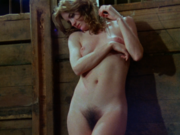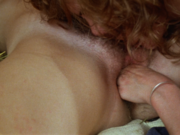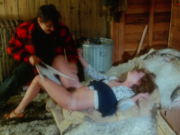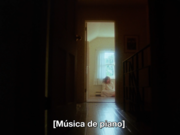- Created on: 2025-11-17 10:27:35
- Link to subtitles: The Fireworks Woman (1975)
- Estimated reads: 5
- Likes counter: 0
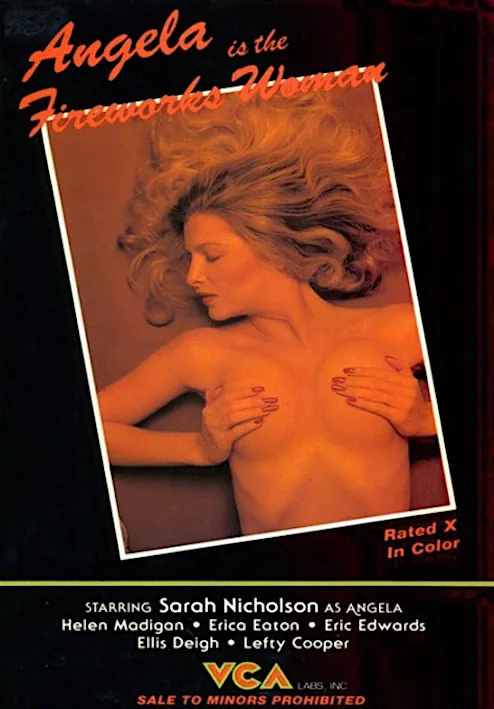
Tags: Wes CravenAbe Snakevintage porngolden ageJennifer JordanEric EdwardsHelen MadiganErica Eaton
Fires in the body
“The Fireworks Woman” or “The Fireworks Man,” as it is also known, revolves around the incestuous relationship between siblings Angela (a sensational 23-year-old Jennifer Jordan, who disappeared in 2022 at the age of 70) and Peter (Eric Edwards), a bond that has haunted them since childhood. Overwhelmed by guilt and regret after crossing the line into intimacy, Peter decides to flee his sister and his feelings, taking refuge in a seminary with the intention of becoming a priest. Devastated by the abandonment, and still obsessed with her love for her brother, Angela is drawn into a dark maelstrom of submission, sexual degradation, and rampant promiscuity, in which everyone is drawn to her. As she spirals deeper into a series of humiliating and abusive encounters, her experiences are revealed to Peter, often in the confessional, by herself or by those known to her. This cycle of lust, guilt, and penance ultimately drives Peter to a state of extreme anguish, forcing him to confront his own repressed desires.
The darkness of the great Wes Craven, beyond the pornographic cruelty of "The Last House on the Left" (1972) or the terrifying brilliance of "A Nightmare on Elm Street" (1984), explores here a psychological-erotic descent, with the constant appearance of a mysterious figure, the "fireworks man," who seems to manipulate the lives of both siblings. Craven uses the pseudonym Abe Snake to present this surprising and atypical work in the genre during the Golden Age of Adult Cinema. The director injects the narrative with a psychological darkness and a bold visual style that foreshadow his later work in horror cinema. He rigorously explores themes such as religious guilt, repressed desire, incest, and trauma in a way that is both visceral and experimental. The artistic use of cinematography is remarkable, creating a dreamlike and gloomy atmosphere, in stark contrast to the lighthearted tone of many adult films of the time.
Jennifer Jordan, as Angela, is sensational, conveying the torment of a woman trapped between obsessive love and self-destruction. She delivers a fascinating addition to her extensive filmography, offering a superior stylistic exercise and a bold and rigorous exploration of the inner demons that slowly consume her.
For art-house film enthusiasts and Craven fans, "The Fireworks Woman" is an early but essential piece that illuminates the complex roots of his artistic vision and would mark that more commercial style in the following decades.













